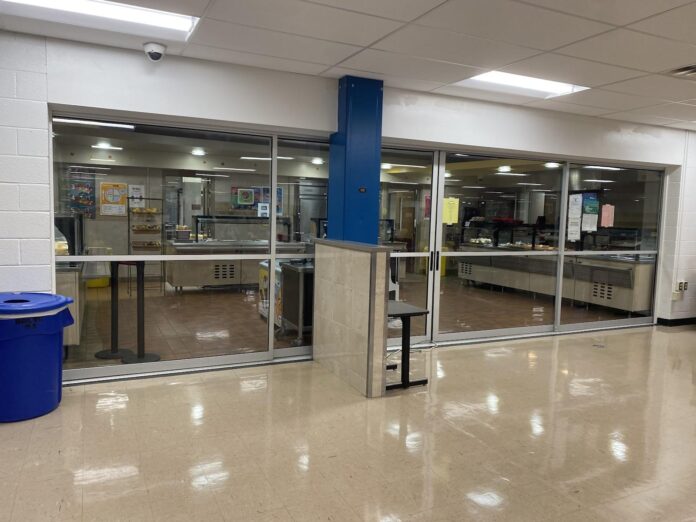By Simon Li and Jonah Ruddock
No one wants to be hungry during the school day. During most of the COVID-19 pandemic, free school lunches were mandated, providing a guaranteed meal to all students. Expiring in June without renewal from the government, however, this policy ground to a halt. Yes, you heard it right: school lunches are no longer free. In this article, we hope to explore the consequences this policy will have, and more; as the title suggests, this will be a collection of thoughts and musings.
In 2021, there were 146,460 children that were food insecure, yet ineligible for federal assistance in New York, and approximately 10 million nationwide. The suspension of free school lunches leaves students like these in a difficult place. Making barely enough to not qualify for free lunches, yet still struggling to fork over enough for lunch, they are left hungry during the school day or burdened by school lunch debt.
School-aged children are required to be at school for the better part of the day. During that time, they are expected to engage in lessons and activities that require memorization, creativity, analytical thinking, or at the very least, attention–extracurriculars like athletics or music aside. These things are difficult to muster on an empty stomach. A study published in the Journal of Developmental and Behavioral Pediatrics by Grineski et al found that food insecurity was detrimental to student’s self-control, interpersonal skills, math ability, and working memory (“Transitional Dynamics of Household Food Insecurity Impact Children’s Developmental Outcomes”). Another study published by the American Academy of Pediatrics by Weinreb et al found that children experiencing moderate to severe hunger had increased rates of anxiety, chronic illness, homelessness, and post-traumatic stress disorder (“Hunger: Its Impact on Children’s Health and Mental Health”). Furthermore, a study of New York State fourth graders in the Journal of Public Health Research found that those living in food deserts had lower science, English, and math scores (“An Ecological Study of Food Desert Prevalence and 4th Grade Academic Achievement in New York State School Districts”). According to the National Library of Medicine, it has also been found that food insecurity contributes to student absences, tardiness, behavioral issues (including suspensions from school), and the likelihood of a student having to repeat a grade (“Food insufficiency and American school-aged children’s cognitive, academic, and psychosocial development”).
Any pretense of educational equality is invalidated by student hunger. The cruel logic we often hear alluded to, something along the lines of the mantra that education is the great leveler, that poor students can simply work hard in school and pull themselves out of poverty, is undermined by the fact that students struggling with food insecurity are at a significant academic and social disadvantage.
The cost of running a universal free lunch program is oftentimes brought up to counter it. After all, according to NPR, the USDA spent $30 billion on universal free meals, $10 billion more than their usual free and reduced lunch program. What we suggest is to look at it from a different perspective: is it worth having millions of students go hungry each day, simply because it is too costly to have it any other way? If one sees education as an investment in the future, or values a step in the direction of equality, the only answer is no.
Lunch is still free for low income families that qualify, but the process to qualify is burdensome nevertheless—it requires time, attention, and a proficiency in English that not all families have. Confusion can also arise as to how and where forms should be turned in. The accessibility of free lunches, then, becomes not a given, but an uncertainty. Those who successfully leap through these barriers are then met with another obstacle: an “othering” from their peers, the result of the stigma of receiving something perceived as charity. Those who receive meal waivers risk being seen as lesser, as a separate, alien group from the rest of the students. Of course, in a world where everyone receives free lunch, these problems would not exist.
We don’t have to imagine another world: countries like Finland, Estonia, and India, as well as states like California, already give students a universal free lunch. In Finland, for example, providing students with a proper and nutritionally complete meal is seen as an opportunity to teach table manners, food culture, and healthy eating habits.
It’s unconscionable to allow this to continue. We’re operating under the assumption that one of the goals of school is to have students learn. After it’s been proven that an obstacle to learning, not to mention physical and emotional well-being, is student hunger, why shouldn’t that be remedied by universal free school lunches? It’s time to seriously consider this proposal as a nation.

